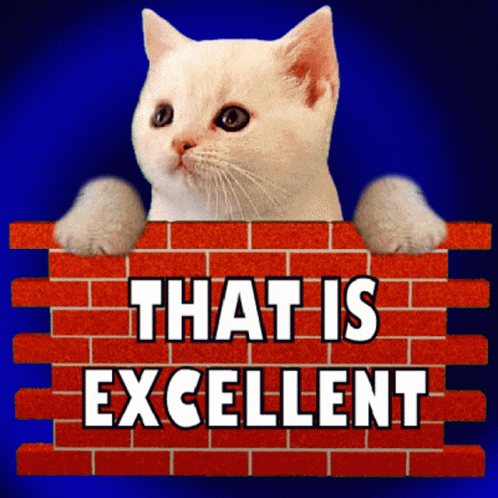Sample size calculation for two mean comparison (paired)
- Sudhir Verma |
- 10 steps |
- 28 seconds
Many clinical variables are numerical in nature and we need to observe them at two different time points. These time points may be before and after some intervention or during follow up. When we design such studies, sample size calculations are based on the expected mean difference and standard deviation of that difference.
In this example, let us consider an average difference between two paired observations before and after an intervention, of at least 8 as expected difference. From a previous study we expect the standard deviation of the differences to be 12.
For α-level let us select 0.05 and for β-level let us select 0.20 (power is 80%).
Navigate to [https://wnarifin.github.io/ssc/ss2mean_paired.html](https://wnarifin.github.io/ssc/ss2mean_paired.html)
Click on standard deviation of difference field.

Type "12"
Type "8" in the expected difference box
Click this calculate button

Calculated sample size adjusted for dropout rate can be seen

Now let us see what happens when we change expected difference. Type " 5" in the expected difference box and "calculate "
Click calculate button field.

It can be seen that, when expected difference is lesser, we will need more sample size.

How to write these sample size calculations in the protocol? "We have calculated sample size by using a web based sample size calculator. (Arifin, W. N. (2022). Sample size calculator (web). Retrieved from http://wnarifin.github.io) Number of participants required to estimate expected mean difference of 8 with standard deviation of 12, with Type-I error fixed at 0.05 and power of 80% are 18 and considering dropout rate of 10%, a total of 20 participants will be needed."
